Did you know that dogs have seven coat types and that each type requires different grooming? Apart from monthly nail trims, here’s how much grooming each coat type requires.
Smooth – These dogs have short hair that lies close to their skin, like the Pug. A rubber curry brush will help with shedding. There are other popular de-shedding tools, but overuse can lead to bald spots and skin irritation. Leave that to a groomer, no more than once a month. Bathing every one to three months will keep their skin healthy and their fur shiny.
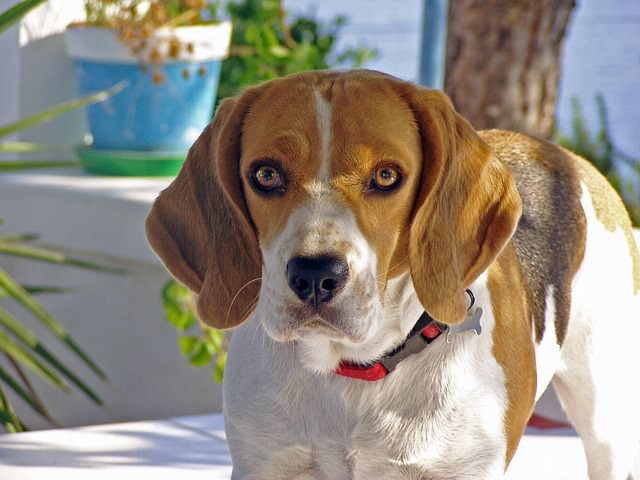
Double – Dogs with a double coat have a top layer of coarse guard hairs and a bottom layer of downy undercoat that sheds, usually seasonally. They may have a short coat like German Shepherds or a longer coat like Golden Retrievers. Regular brushing with a slicker brush and an undercoat rake will keep your dog cool, reduce shedding, and prevent severe tangles, called mats. Severe mats may need to be shaved by a groomer. Failing to remove undercoat can lead to skin problems as a result of reduced airflow. Shaving this coat type isn’t recommended except in cases of severe matting.
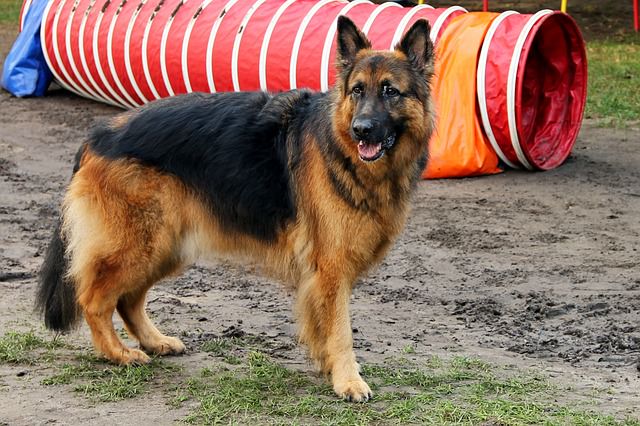
Curly – Curly hair grows continuously and must be trimmed, like with Poodles. These breeds need frequent brushing with a slicker brush and a metal comb to avoid mats, which can pull on your dog’s skin and hide or even cause severe skin issues. Grooming is recommended every four to six weeks.
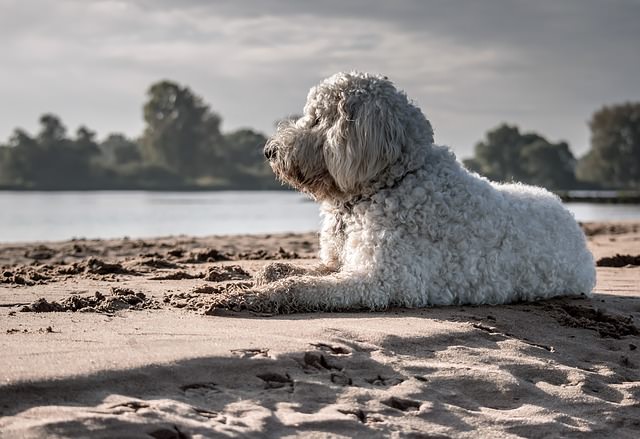
Wire – Wire coats may be short, like the Wire Haired Dachshund, or may grow continuously, like the Westie. These coats require occasional brushing with a slicker brush or metal comb and may require either hand stripping, where some hair is pulled out to help the coat lie flat, or trimming. If you’re unsure, ask a groomer what’s best for your dog.
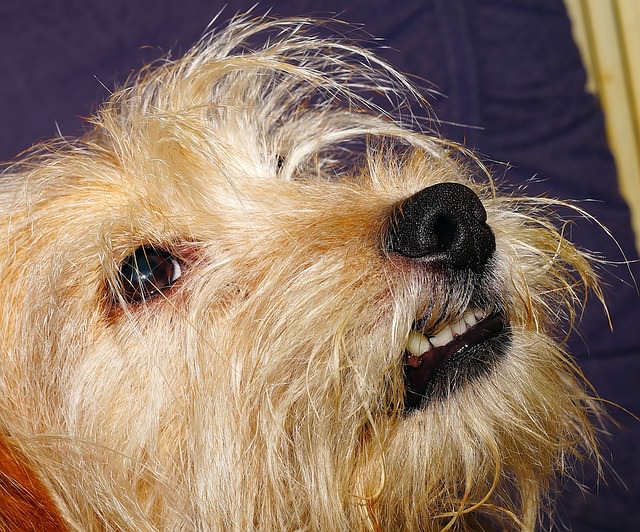
Long/Drop – These coats are straight or wavy and grow continuously, like the coat of a Yorkie. These dogs require frequent brushing with a pin or slicker brush and a metal comb and haircuts every four to six weeks to prevent matting.
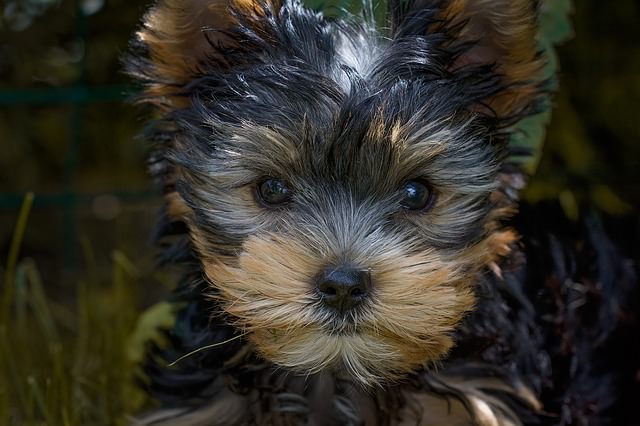
Hairless – Some breeds have no hair at all, such as the Xoloitzcuintli, or only in some places, such as the Hairless Chinese Crested, which only has hair in on its head, feet, and tail. These dogs are prone to sunburns and skin problems and need sunscreen before they go outside.

Corded – Some breeds, such as the Komondor or Puli, have hair that forms long mats called cords. These breeds, if left corded, require no brushing, but they do need to have their cords separated periodically. It takes a long time for them to dry, so keeping the cords clean and odor-free can be challenging. Owners of these breeds may opt for shaving instead.
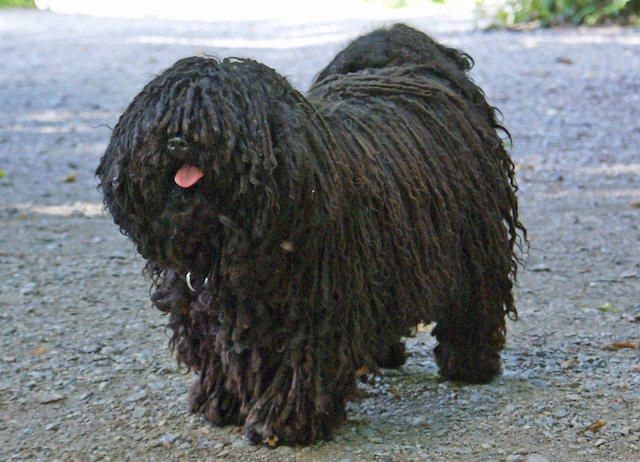
Regardless of which coat type your dog has, regular grooming is crucial for your dog’s overall health. Wet hair is easier to see through to spot skin issues and parasites, and matted hair is painful and can cause sores.

